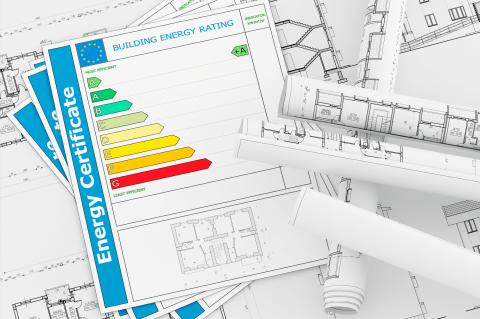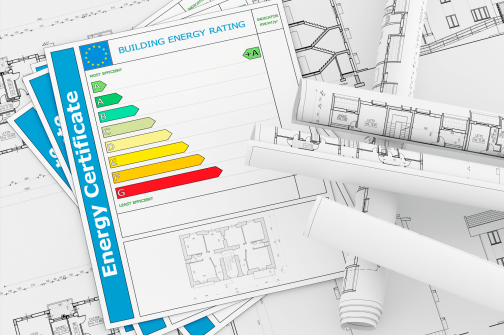
Why Part L compliance is important to Dimplex

Ten years ago, the expectation would have been to use electric heaters along with natural ventilation and no renewables. But since 2002 the successive tightening of the Target Emission Rate (TER) means that under Part L Standard Assessment Procedure (SAP) calculations, this today would fail to meet the energy standard.
Fabric values and air change rates have also reduced significantly making it no longer cost effective to continue reducing carbon emissions from Space Heating.
There are a number of responses Dimplex is making to ensure that both the company and those we work with are aware of, and will be compliant Part L regulations.
- We are improving products, systems and solutions in order to ensure that they pass SAP better.
- We are actively investigating the architecture of SAP to be able to better understand and address its’ requirements - this is especially relevant when addressing the emissions ratio of created CO2 to useful energy delivered to a property.
The defined emissions rate for homes stands at around 500 grammes of carbon released per kilowatt hour. Dimplex aims to reduce the number of kilowatt hours used by a property and therefore address emission rates. The reduction of carbon emissions per kilowatt hour can be achieved through more efficient electricity generation and the incorporation of low carbon energy sources, such as nuclear power and renewables.
To achieve a zero carbon future demands that government representatives continue to be lobbied on the importance of Part L, and in particular the policing of the regulations across the wider industry. SAP has, for example, has recently been put through consultation in order to be aligned with other government policies. Should SAP change, this will also influence further change in Part L regulations. This can generate new opportunities, but its calculations can also make assumptions which could be exploited - in such cases the government will need to be lobbied to tighten up future regulations. Dimplex works closely with lobby groups advising from a position of expertise in electrical heating.
The lobby groups that Dimplex works with include the British Electrotechnical and Allied Manufacturers Association or BEAMA, the leading trade association which represents manufacturers of electrical infrastructure products and systems. BEAMA has continuing engagement with the Government to progress Part L regulations and educate its members on the implications of the legislation.
Dimplex also works with the Sustainable Energy Association, or SEA, a member based industry body offering innovative policy solutions that link up building-level technologies and the wider energy system to achieve a low carbon, secure energy future for the UK, benefits for UK consumers, and commercial growth for businesses working in the sector.








